Federated Health Charities’ mission is to improve the health and quality of life of all Ontarians by supporting 21 different health charities providing critical services to those experiencing, or affected by, illness. We believe education and prevention are key parts of supporting the health of our communities so our weekly Health Hint series strives to provide tangible and easy to implement hints and tips on how to maintain your health, prevent disease, and enjoy increased quality of life. Check out our latest Health Hint on anxiety. We hope you find it helpful. If you would like to join our efforts to support the health of Ontario please consider a donation to Federated Health Charities.
Anxiety is a term that we often hear these days and there seems to be some confusion around what it is, and what it is not. The first thing to make clear is that there is a significant difference between anxiety, the motions, and anxiety, the disorder. Having anxiety does not mean you have an anxiety disorder. In short, anxiety is a normal stress response and can be beneficial in some circumstances. It can alert us to dangerous situations and help us prepare for and prevent them. The occasional anxiety is a normal part of life. It is important to understand the difference between the emotion and the disorder and to know when you should seek professional help.
Situational anxiety, unlike pathological anxiety, is an emotional response to the possible challenge or threat of reality. This emotional response is adapted to the danger and is a person’s general response when facing events or situations beyond their control. The characteristic is that the intensity of anxiety is consistent with the degree of a realistic threat and disappears with the disappearance of a realistic threat, so it has adaptive significance. Anxiety is a beneficial response as it prompts individuals to mobilize their resources to deal with the presenting threat until the threat is controlled or eliminated. Therefore, situational anxiety is the primary emotional response for human adaptation and problem-solving. The key identifiers for situational anxiety are that the emotions are in direct response to an occurrence and the emotion gradually goes away as the occurrence resolves.
Pathological anxiety, on the other hand, is the continuous feeling of nervousness without specific reasons, or the premonition of disaster, threat or impending disaster without practical basis, accompanied by apparent autonomic nervous dysfunction and motor anxiety, often accompanied by subjective pain or impaired social function. The key identifiers with pathological anxiety are that the emotion is not connected to an occurrence and focuses on worries that are not based in present reality. Additionally, the emotion is prolonged and uncontrolled. Pathological anxiety can present serious issues in a person’s life as the ongoing stress response can be damaging to your health, it can lead to isolation and can Segway in to compounded mental health concerns.
There are tangible steps one can take to deal with situational anxiety and we will discuss those further in upcoming articles. The key message for this article is the importance of being aware of your emotions and being able to determine whether the anxiety you are feeling can be individually managed or whether it is something that could benefit from the help of a professional.
We encourage you to keep an eye on our future articles on anxiety if this is a topic that impacts you or someone you know.
We hope you enjoyed our latest Health Hint!
Written by An Lin Chen
References
Holland, K. (2020, September 3). Anxiety: Causes, symptoms, treatment, and more.
Healthline. Retrieved February 6, 2022, from www.healthline.com/health/anxiety
Mayo Foundation for Medical Education and Research. (2018, May 4). Anxiety disorders.
Mayo Clinic. Retrieved February 6, 2022, from
www.mayoclinic.org/diseases-conditions/anxiety/symptoms-causes/syc-20350961
Home. Anxiety Canada. (2021, November 19). Retrieved February 6, 2022, from https://www.anxietycanada.com/
What are anxiety disorders? (n.d.). Retrieved February 6, 2022, from
https://www.psychiatry.org/patients-families/anxiety-disorders/what-are-anxiety-disorders






